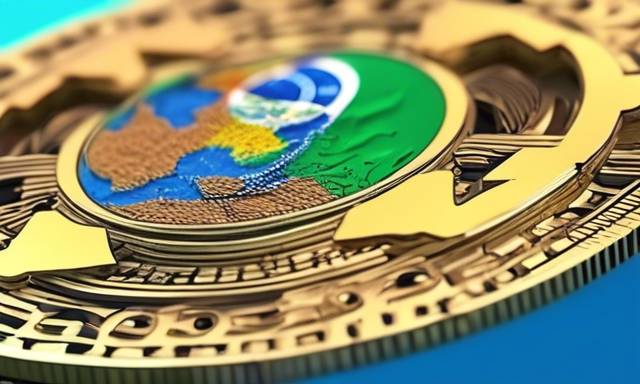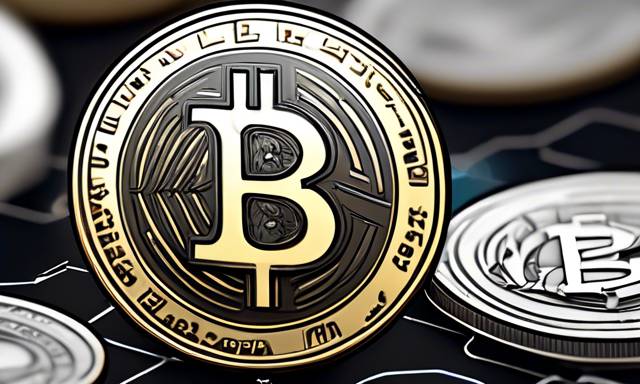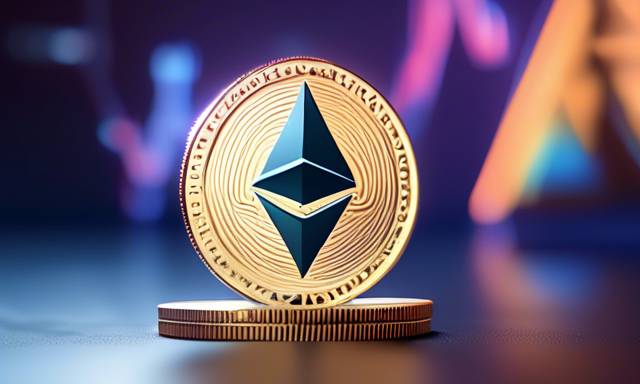Circle Expands USD Coin in Latin America 🌎💱
Circle, the issuer behind the USD Coin (USDC), is broadening its footprint in Latin America, particularly in Mexico and Brazil. This move is set against a backdrop where USD Coin holds a significant position in the region’s cross-border payment landscape, commanding around 47.51% of transactions involving digital currencies. As businesses in these countries increasingly seek efficient transaction methods, Circle’s initiatives could serve to enhance the overall payment experience.
Trade Landscape between the U.S., Mexico, and Brazil 📊🇺🇸
Mexico and Brazil are key trading partners with the United States. The trade relationship is robust, with Mexico’s annual exchange with the U.S. surpassing $800 billion. In Brazil’s case, nearly 95% of its foreign trade, valued at about $640 billion annually, is executed in U.S. dollars. Additionally, the direct trade between the U.S. and Brazil reaches approximately $120 billion each year.
Challenges with Conventional Currency Transactions ⚖️💲
While utilizing stable fiat currencies like the U.S. dollar provides a degree of stability, it also poses challenges. Traditional currency exchanges can lead to inflated transaction costs and currency fluctuations. For instance, the average fee for remittances globally is around 6.35% of the total transaction value, which can add significant expenses for businesses.
Innovative Solutions Offered by Circle 💡🔁
To tackle these issues, Circle is providing businesses in Mexico and Brazil with the ability to convert local currencies, specifically Brazilian Reais (BRL) and Mexican Pesos (MXN), directly into USDC at competitive rates. This approach eliminates the necessity for a separate exchange to USD, enhancing efficiency and saving time and money for companies.
USDC’s Evolution and Market Presence 🚀🪙
Since its launch in 2018, USDC has made substantial strides in the blockchain ecosystem, facilitating transactions totaling over $12 trillion. The stablecoin continues to broaden its reach and is natively supported across 15 distinct blockchain networks, such as Solana, Algorand, and Hedera. This extensive integration demonstrates USDC’s adaptability and the growing recognition of its value within the industry.
Circle’s recent expansion efforts also include its operations under the European Union regulations, making it the first global stablecoin company to fully comply with these new requirements. Moreover, as of September 18, USDC’s market capitalization has reached an impressive $35.25 billion, positioning it as a significant entity in the stablecoin market, although it is still behind Tether, which boasts a market cap of $118.7 billion.
Adapting to Regulatory Frameworks and Market Dynamics 📜🛡️
Circle’s strategic compliance with regulatory frameworks enhances its credibility and facilitates smoother operations across borders. As the stablecoin sector matures, adherence to regional laws and standards becomes increasingly vital, especially as governments worldwide are keen on regulating cryptocurrencies more stringently. This adaptability may also pave the way for broader usage of digital currencies in traditional finance and commerce.
Hot Take: The Future of USD Coin in Latin American Trade 🌟🤔
As stablecoins gain popularity and acceptance, Circle’s initiatives in Latin America reflect a significant step toward integrating digital currencies into everyday transactions across borders. USDC’s growth trajectory, underpinned by robust regulatory compliance and innovative solutions for businesses, suggests a promising future. This year holds the potential for increased adoption of stablecoins, facilitating smoother and more economical financial interactions in commerce.
The expansion of USDC in Latin America signifies not just a tactical growth for Circle but also a broader shift in how businesses approach transactions in a globalized economy. As digital currencies continue to reshape the financial landscape, firms that embrace this change will likely find themselves at a competitive advantage.





 By
By
 By
By

 By
By

 By
By